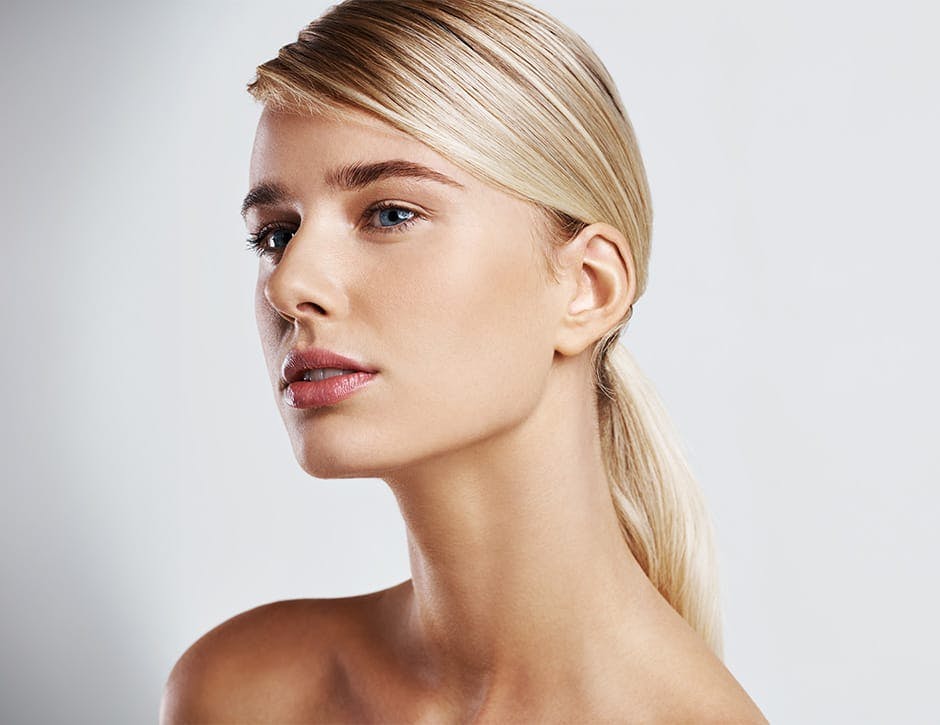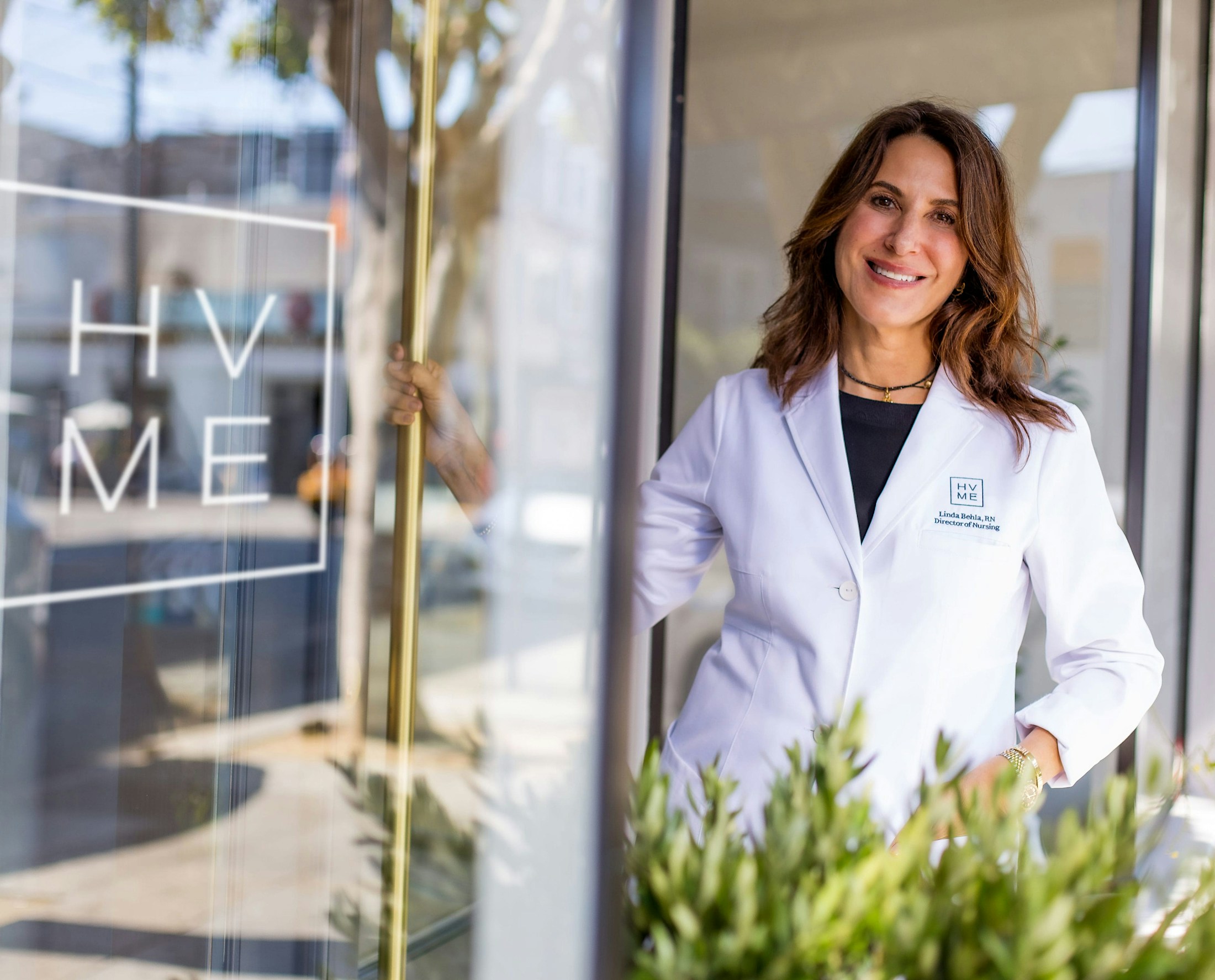Dermaplaning is a safe, painless way of exfoliating the skin by using a surgical scalpel to gently “shave” the surface of the skin using light feathering strokes.
Is Dermaplaning Right for Me?
Dermaplaning is especially effective on those with dry or dull skin texture and helps to minimize superficial acne scarring or uneven skin tone. It is also beneficial for mature skin, which tends to have a buildup of dead cells as cellular turnover slows down with age.
Dermaplaning is safe for pregnant or lactating clients who cannot have chemical peels. (Peels penetrate the skin to act at the cellular level and thus are not advised when pregnant.) Those with very oily skin or active acne should avoid this procedure, as well as anyone with thick, dark facial hair.



